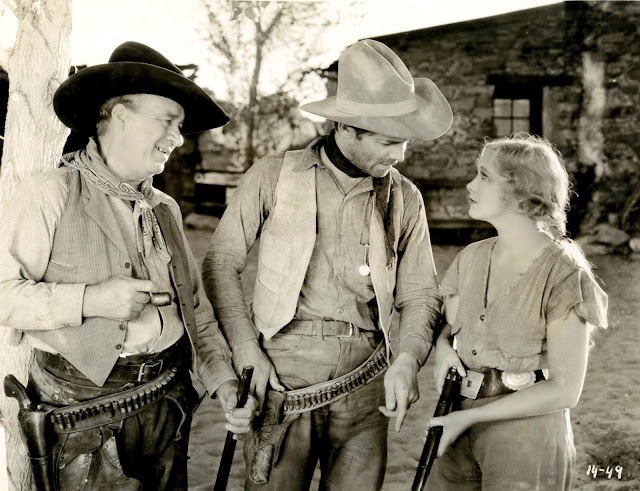007 In Dotage
Will James Bond Smile Again?
James Bond makes a homecoming to
I didn't recognize the portly old man in the third act before recalling the credits and thinking, Oh no, it is Albert Finney. What made it worse was having watched Tom Jones just a few weeks before. Senior players still working make me feel old because I remember them first-run when both of us were young. Did 50's counterparts react the same when Francis X. Bushman showed up in cameo mode? I must say, at risk of seeming cruel, Good Riddance to Judi Dench's M. She was always a sour apple and too much time got spent on gender politics re she and Bond. A positive note was struck with Ralph Fiennes brought in to replace her. I also like the geek kid who's the new "Q," indication that sometimes new ideas can work. One good thing about Skyfall is a story that I was able to follow, it having been several Bonds ago that narratives made sense to me. The action is also less rabbit-cut than usual. Cyber-terrorism seems to be crisis of choice in all actioners today, for good reason I'm sure, but that puts characters to clacking at keyboards in lieu of cracking heads. Bond gets a drop --- twice --- on heavy Bardem and I'm yelling, Shoot him! Now!, but no, this baddest guy gets away to commit more cyber-chaos. In today's most dangerous of worlds, Bond can hardly afford to give villains a least quarter.



















































